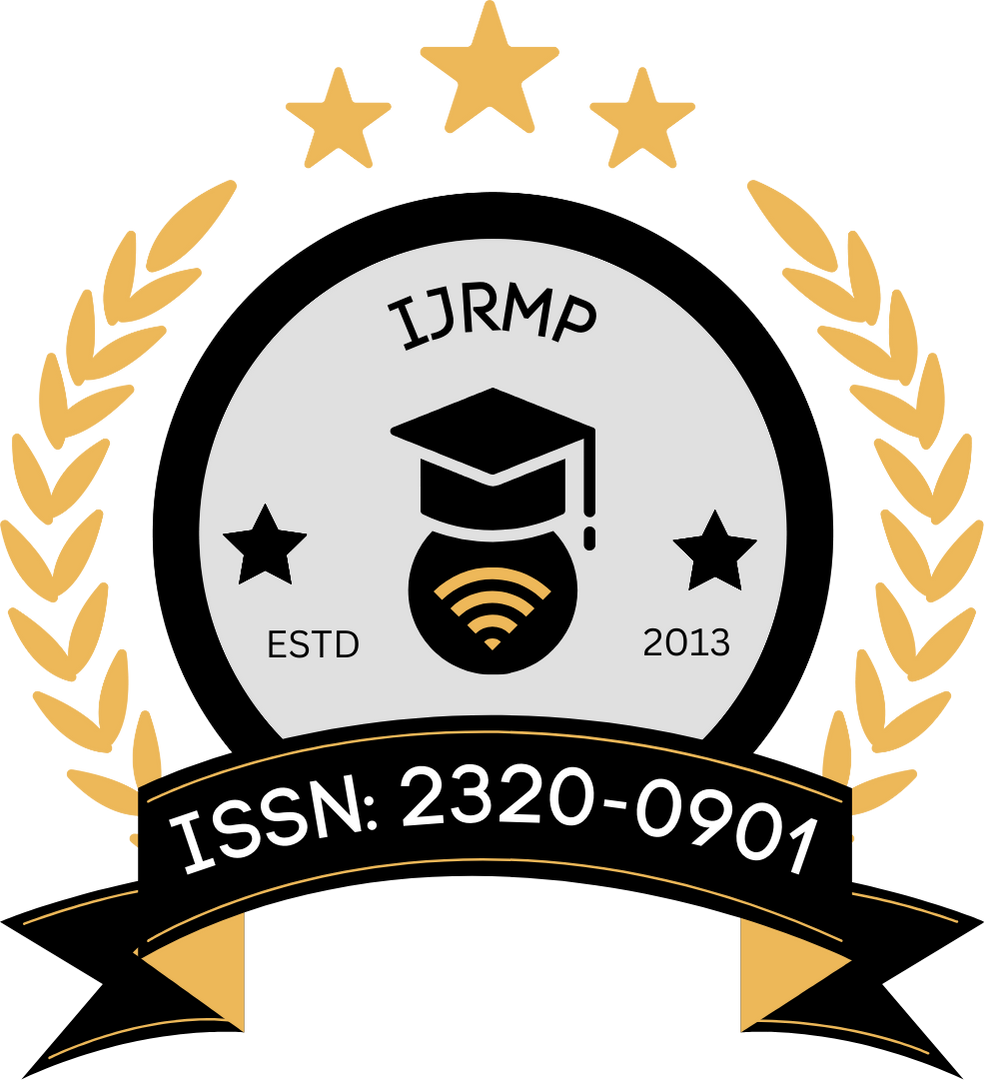![]()
Shreyas Nambiar
Independent Researcher
Kerala, India
Abstract
Patient retention is a critical determinant of data integrity and statistical power in longitudinal clinical research. High dropout rates can compromise study outcomes, inflate operational costs, and delay drug development timelines. Traditional methods to mitigate dropout, such as manual follow-ups and generic engagement strategies, have shown limited efficacy. This study explores the application of AI-based modeling techniques, particularly using SAS (Statistical Analysis System), to predict patient dropout early in the study timeline. By analyzing baseline demographic, behavioral, and clinical data, predictive models can classify high-risk participants and enable targeted interventions. The manuscript details model development using logistic regression, decision trees, and neural network algorithms available in SAS, evaluating performance using accuracy, sensitivity, and AUC metrics. Findings suggest AI-enabled SAS models significantly outperform traditional statistical approaches in identifying potential dropouts, providing a promising tool for risk mitigation in clinical trials.
Keywords
AI, SAS, patient dropout, longitudinal studies, clinical research, predictive modeling, neural networks, decision trees, logistic regression, patient retention
References
- Altman, D. G. (1990). Practical statistics for medical research. Chapman & Hall.
- Bishop, C. M. (1995). Neural networks for pattern recognition. Oxford University Press.
- Liang, K.-Y., & Zeger, S. L. (1986). Longitudinal data analysis using generalized linear models. Biometrika, 73(1), 13–22. https://doi.org/10.1093/biomet/73.1.13
- Breiman, L. (2001). Random forests. Machine Learning, 45(1), 5–32. https://doi.org/10.1023/A:1010933404324
- Little, R. J. A., & Rubin, D. B. (2002). Statistical analysis with missing data (2nd ed.). John Wiley & Sons.
- Eysenbach, G. (2005). The law of attrition. Journal of Medical Internet Research, 7(1), e11. https://doi.org/10.2196/jmir.7.1.e11
- Topol, E. J. (2010). Transforming medicine via digital innovation. Science Translational Medicine, 2(16), 16cm4. https://doi.org/10.1126/scitranslmed.3000484 ncbi.nlm.nih.gov
- Schumacher, L., & Chakraborty, G. (2014). Clustering and predictive modeling of patient discharge records with SAS® Enterprise Miner™ (Paper 1633). In Proceedings of the SAS Global Forum 2014 Conference. Cary, NC: SAS Institute Inc. sas.com
- Lin, G., & Rodriguez, R. N. (2015). Weighted methods for analyzing missing data with the GEE procedure (Paper SAS166). In Proceedings of the SAS Global Forum 2015 Conference. Cary, NC: SAS Institute Inc. sas.com
- SAS Institute Inc. (2014). SAS® Enterprise Miner™ 13.1: User’s Guide. Cary, NC: SAS Institute Inc.
